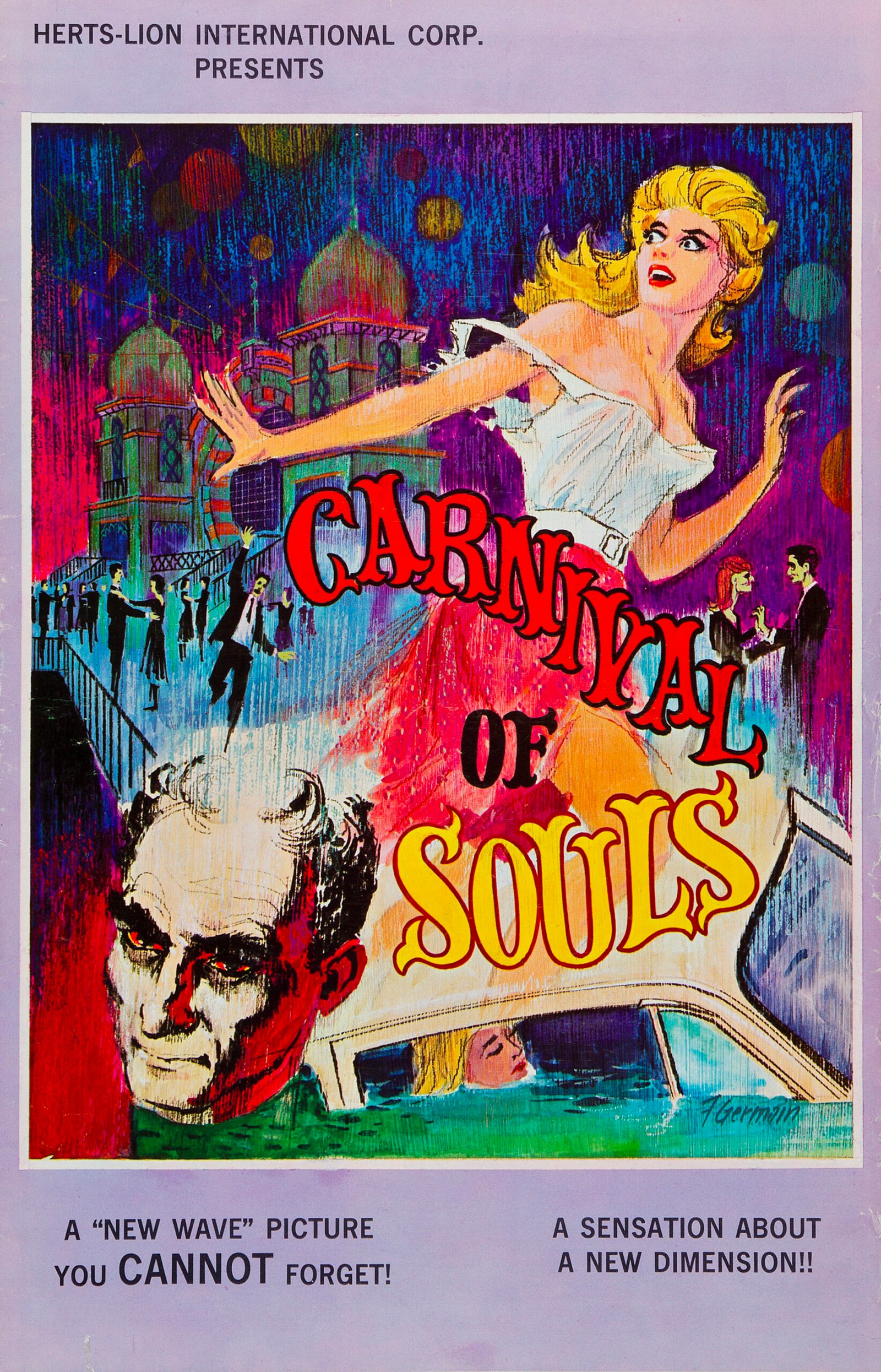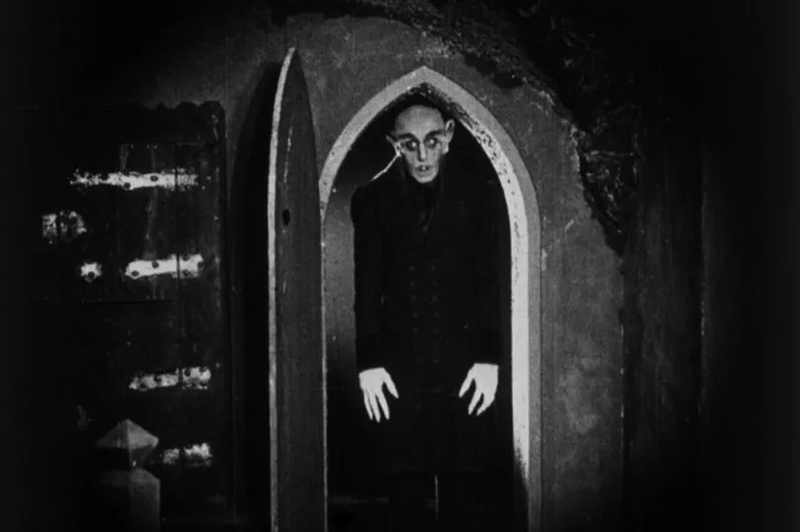All the colors of the dark – Sergio Martino, 1972
All the colors of the dark Italy, 1972 Director: Sergio Martino Script: Santiago Moncada, Ernesto Gastaldi, Sauro Scavolini, Lewis E. Ciannelli (English version) Cast: George Hilton (Richard), Edwige Fenech (Jane), Ivan Rassimov (Mark), George Rigaud (Dr. Burton), Nieves Navarro (Barbara), Marina Malfatti (Mary), Luciano Pigozzi (Clay), Dominique Boschero (Jane´s mother) …










